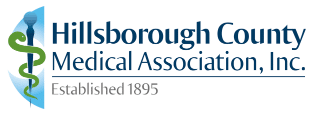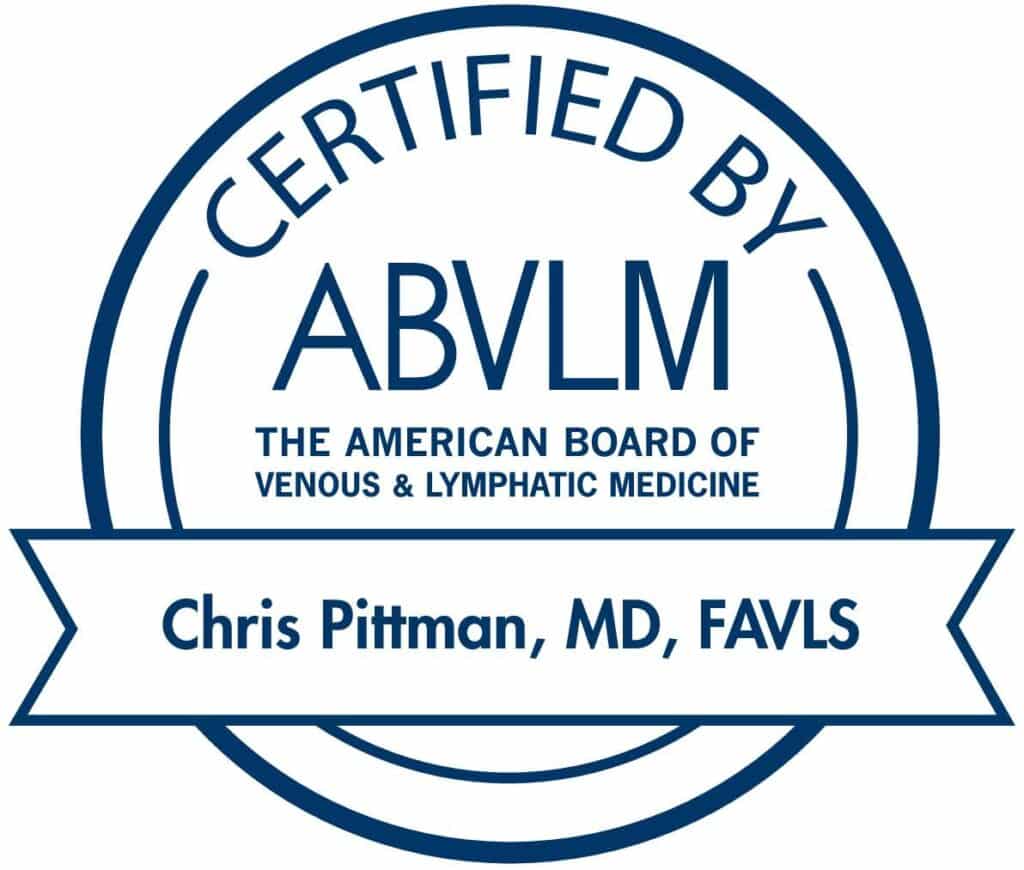Everyone experiences swelling in their legs, feet or ankles from time to time. For example, if you’ve been walking around or standing on your feet for hours, you’re likely to notice that your legs and feet are a bit swollen at the end of the day. But there are cases when swollen legs, ankles and feet need attention from a doctor. Here are common causes of swelling and what you can do to treat it.
Causes of and Treatment for Swollen Legs
Cause: Venous Insufficiency
When all is well with a person’s veins, the blood is able to pump upwards to the heart. In some cases, swollen ankles, legs and feet can be a sign that the blood is not able to fully pump back up the veins. Known as venous insufficiency, the condition occurs when the valves in the veins are damaged and can’t keep blood from leaking back down. Along with swelling, one sign of venous insufficiency is varicose veins. Other signs include pain and itching. In advanced cases, a person can develop ulcers or an infection on the skin.
Cause: Pregnancy
Swelling is common during pregnancy, as hormonal changes and blood volume expansion in the body cause it to retain more fluid than usual. While some swelling is to be expected, there are instances when it can be a sign of a more serious problem, such as preeclampsia, or high blood pressure, during pregnancy. When the swelling is connected to preeclampsia, it’s often accompanied by other symptoms, such as nausea, vision changes, and headaches.
Cause: Blood Clot
A blood clot in one of the deep veins of the legs can also lead to swelling. The clot prevents blood from making its way up the veins to the heart. A clot that forms in a deep vein has the potential to break loose and travel up to the lungs, where it can be particularly harmful. Fortunately, clots can be treated to reduce the risk of injury or death.
Treating Swelling in the Legs, Ankles or Feet
How you treat swelling depends on the cause of it. Mild swelling that occurs after a day of walking around or due to regular pregnancy changes can be improved by elevating your feet. Compression stockings are an excellent treatment to help bring down swelling.
If the swelling is due to a problem with the veins, treating the problem veins can usually improve the swelling. For example, treating varicose veins through sclerotherapy or laser treatment can often improve conditions such as venous insufficiency and reduce swelling. In the case of a blood clot or preeclampsia, the sooner you see a doctor for treatment, the better, as both can be life-threatening.
To learn more about what you can do to reduce swelling in your legs, ankles, and feet, schedule a free vein consultation at Vein911® Vein Treatment Centers today.











